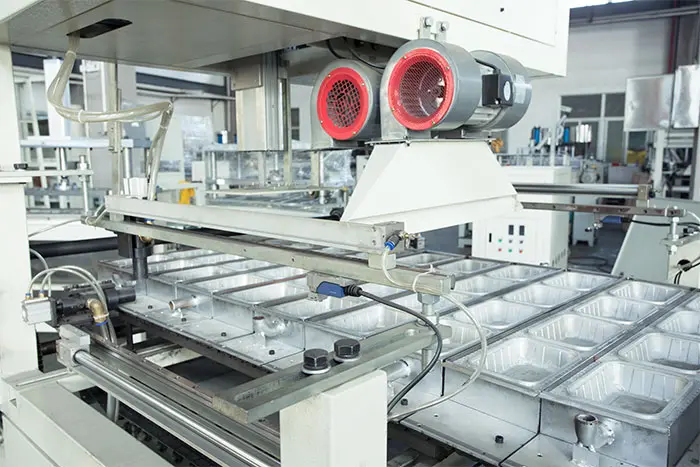What are the main ingredients of biodegradable disposable lunch boxes?
There are two types of materials used in degradable lunch boxes: one is made of natural materials, such as paper products, straw, starch, etc., which is degradable and is also called an environmentally friendly product; the other is made of plastic as the main component and added with starch , photosensitizers and other substances.
1. Biodegradable natural material lunch box
Disposable degradable lunch boxes made of natural materials are also called fully biodegradable lunch boxes. The fully biodegradable lunch box is a relatively advanced environmentally friendly product. It uses starch as the main raw material, adds annual growth period plant fiber powder and special additives, and is treated with chemical and physical methods to make a fully biodegradable fast food box. Because starch is a biodegradable natural polymer, it is decomposed into glucose and finally water and carbon dioxide under the action of microorganisms. In addition, the materials blended with it are also fully degradable materials, so it can be said that it has no impact on the environment. The main sources of raw material starch can be corn, potatoes, sweet potatoes, cassava and other annual growth plants. Naturally, fully biodegradable lunch boxes are not perfect. For example, most of the production raw materials are food crops, and problems such as mildew resistance have yet to be solved.
2. Biodegradable plastic lunch boxes
The raw material for manufacturing such disposable lunch boxes is degradable plastic. The so-called degradable plastic means adding a certain amount of additives, such as photosensitizers, starch and other raw materials, during the production process of plastic. In this way, degradable plastic products can be decomposed into fragments from their complete shape after being used and discarded in nature for three months, thus at least visually improving the environment. But the biggest flaw of this technology is that these fragments cannot continue to degrade. They just change from large pieces to small pieces of plastic, which is not fundamentally qualified for the task of eliminating white pollution.
Post time: Jan-16-2024

